BLOG
|
|
ADAPT RUNNING TRAINING TO ACHIEVE WEIGH LOSS Runtastic.com, asks, “How Often Should You Exercise per Week To Lose Weight?” The article's author, guest blogger Sven Friedrich, admits one of the most difficult aspects of being a personal trainer is to design a custom plan for each client; there’s no single correct answer to this question for everyone. “The right number of sessions per week differs from individual to individual and largely depends on many factors relating to your body and your training”, he indicates. Fitness buffs already spending regular time working out will train more frequently than beginners. Some clients require more sessions running, cycling, swimming, or rowing indoors to improve cardio-respiratory capacity. All will benefit from strength-training workouts to build muscle, at least 3 per week he recommends, which burn more calories during exercise. His article contains GENERAL PRINCIPLES as well as hidden pearls of wisdom, which should prove helpful in devising a personal plan. EARNED RUNS ADVICE: ADAPT your 8-12 week running training plan to a weight loss exercise plan. If you are currently training for a race you already have the foundation of a weight-loss exercise program. Most running plans schedule cardio-respiratory work as 3-4 RUN days/week that slowly build mileage and endurance or work to improve speed. For weight loss, additional calorie-consuming “cardio” activity might come from taking advantage of 1-2 optional CROSS-TRAINING sessions. STRENGTH training is mostly scheduled on only 1-2 two days/week in race plans. On easy run days, when run duration is 30-40 minutes, an extra bodyweight strength training workout can be added to boost weight loss. All plans will have 1-2 full REST days/week. An additional body weight strength session, (or FREE WEIGHT session, as suggested in the article), can be added to that day. Most running plans don’t put much emphasis on the specifics of strength training routines, in particular for muscle building. However, Friedrich says this is an important part of a weight loss exercise regimen. “MIX UP the intensity, duration and volume of your workouts by changing the distance, number of sets and repetitions. Vary the frequency of exercises, and work intervals into your cardio sessions”. See (below) how you might convert each week of a running training plan to one that burns more calories without pounding out more miles on your legs/adding lower body stress. If you wish to lose weight, train SAFELY, and avoid injury, the key is keep expectations of fast weight loss in check and accept that the pounds will need to come off gradually. If you find your running is suffering from the added energy expenditure, back off the added sessions to head off injury. WEEKLY RUNNING TRAINING PLAN ADAPTATION TO ACHIEVE WEIGHT LOSS -RUNNING/ON LEGS (3-4 days): 1 Long run day; same easy pace entire distance (cardio) 1 Tempo run day; parts of the run are run faster than others (cardio, speed) 1 Interval run day; alternating fast running with recovery intervals, like TRACK days$ Option: 1 Easy run or cross train day Weight loss option: on easy run/cross train day ADD upper bodyweight training$ NOT RUNNING/NOT ON LEGS (3 days) 1 Bodyweight strength-training day$ Weight loss option: make this a FREE WEIGHT strength-training day 2 Rest days Weight loss option: on 1 rest day ADD upper bodyweight strength training$ DO THE MATH: If all the $ sign days are added, the option plan has 4 workouts that will increase calorie burn (intervals) or build muscle mass (strength training). NEVER SKIP A REST DAY: Friedrich makes this very important point! Nutrition and sleep are the two remaining “pllars”, Friedrich says, that form the basis of a sound weight loss plan. Good luck, you’ve got this! RUN HAPPY! https://www.runtastic.com/blog/en/guest-bloggers/how-often-should-you-exercise-per-week-to-lose-weight/
0 Comments
JOB HUNTERS WILL FIND GOOD RUNNING An article in BusinessInsider.com “Top 5 Cities where Millennials Are Looking for Jobs According to LinkedIn” by Lori Janjigian is saying that younger adults are looking to experience work and life in an urban setting that is slightly smaller than the traditional big city; they are not drawn as much to the country's largest metropolitan areas. It discusses information gathered by a large business networking website, saying, “LinkedIn's Guy Berger has the answer. He started tracking the search behavior of millennials, which make up for 44% of all job searchers on the site. He discovered that millennials are looking to ditch big cities in favor of mid-sized cities.”
In the past year, interest has increased “25% faster” in these mid-sized cities. Five specific cites, to which searchers are looking to move, are listed below with information about the number and types of jobs that are available. EarnedRuns added information about local/nearby half marathons, as this group has shown itself to be comprised of dedicated runners who favor this distance race. The race listing is a sampling and not meant to be exhaustive. In trying to identify races with greater rather than lesser participation, the search revealed many opportunities for the job hunters to enjoy their sport and likely join vibrant running communities. 5. Charlotte NC; 22k jobs - Volition America Charlotte Half Marathon, October - Charlotte RaceFest Half Marathon, April - Novant Health Charlotte Marathon and Half Marathon, November 4. Cleveland Ohio/Akron; 31K jobs - Cleveland Marathon and Half Marathon, May - Rock Hall Half Marathon, August 3. Detroit MI; 40K jobs - Detroit Free Press International* Marathon and Half Marathons, October - Ann Arbor Half Marathon, April - Bruckelaufe Half Marathon Bridge Race, October 2. Raleigh-Durham NC 21K - Raleigh City of Oaks Half Marathon, November - Rock n’ Roll Series Marathon and Half Marathon, April 1. Austin TX, 21K jobs - Hill Country Halloween Half Marathon, October - 3M Half Marathon, January - Austin Marathon and Half Marathon, February Whether your a Millennial or not, good hunting! RUN HAPPY! * Of interest, the 'International' designation in the name of the Detroit Free Press race means the course includes both US and Canada segments. There's a "US-only" half as well! I wonder if this has to do with passport/visa issues? http://www.businessinsider.com/top-5-cities-millennials-jobs-linkedin-2016-9/#1-austin-texas-5 LOWER BODY STRENGTH EXERCISES Linzay Logan offers up 3 lower body strength exercises in an article for Competitor.com, “The Four Best Strength Training Exercises For Runners”. The link has been added to the RESOURCES page. She indicates generally on page three that core work is important, and shows a runner performing a plank without describing a specific exercise. This post is primarily focused on helping you find exercises to strength the lower part of your body.
If you have not yet identified a routine to help you accomplish this part of your training, you may wish to try these three: double leg squat, single leg dead-lift, and single leg squat. If you don’t have a formal weight to use for the dead-lift exercise, try filling a plastic milk gallon jug with water to use as a weighted object. If you cannot easily perform the single leg squat from a free-standing position, try holding on to a railing or chair to steady yourself or lowering yourself onto a hard flat chair seat or bench. These exercises work on improving balance as well as strength, but if your balance needs work, it could make the move dangerous or too difficult. If you are wobbly, see if holding onto or touching a nearby support will enable to you perform better. As your strength increases it will become easier and you will need less support. RUN HAPPY! http://running.competitor.com/2014/08/training/the-four-best-strength-training-exercises-for-runners_40725/2 MUSIC ASSISTANCE FOR PROPER CADENCE TO RUN LONGER There are services and apps to help supply music for running, but these aids may require a subscription. If you are musically challenged and would like a free simple list* that identifies songs with a 180 beat cadence from which to pick and choose some songs for downloading (or copying from a friend’s CD collection), here’s a one from a Competitor.com article "How Music Can Boost Your Cadence".
The titles are not new but they will do the job if you aren’t on top of today’s music scene. Eminem's "Lose Yourself" always seems to be good for inspiration, as a race or tough training run could be every runner's "one shot" to achieve a personal best. The list was compiled by Jene Shaw and originally appeared in Triathlete.com. Please volunteer your favorite alternate titles if you want to update this list! RUN HAPPY! *The article is short and since it mostly consists of the list it won't be repeated in the blog, to avoid copyright infringement. http://running.competitor.com/2016/02/training/how-music-can-boost-your-cadence_144339 LACROIX: “IT RHYMES WITH ‘ENJOY’ ” Discovering LaCroix Sparkling water years ago, I found it a great way to slake my thirst after a long run and avoid the artificial ingredients spiking up the sweetness of many zero-calorie carbonated beverages. Back then sucralose was not as widely used as today, which has since worsened the situation in my opinion. At the time I was taking in quite a bit of diet soda daily, mostly cola products.
Another worry was about the effect of phosphoric, citric, and carbonic acids in various non-alcoholic drinks on tooth enamel. Some flavors of LaCroix contain citric acid; my two favorites were lime and grapefruit. As a result I made the pilgrimage to the drinking-water-only shrine, but lasted less than a year on that regimen. I eventually settled into a habit of splitting intake between LaCroix and 1-2 cans of diet pop per day. Cans provide the best carbonation kick if icy cold, in my opinion. New LaCroix flavors have helped to create a significant following for this beverage among 18-35 year olds, such that it is no longer difficult to find. The drink was featured in a spicy New York Times online item, "Letter of Recommendation: LaCroix Sparkling Water" by Mary H.K. Choi. Another NYT AskWell blog article by Sophie Egan, "Does Sparkling Water Have a Downside?", discusses and mostly puts aside the dental issue for sparkling water versus other products. Checking out the LaCroix company website for nutritional information revealed a wonderful FAQ section. This is where the correct name pronunciation is given and the helpful ‘it rhymes with enjoy” is found. If you’re searching for an after-run drink alternative to plain water and diet soda, think about sparkling water, keeping in mind the advice of the NYT Blog AskWell article. RUN HAPPY! Full disclose: I am not a food purist, although I wish I had the self-control. I spend my artificial sweetener allowance on sugar-free gum mostly. NOTE: My go-to, self-invented, refreshing after-run drink (well it’s a variation of the old Brown Cow) is a “Dirty Cow” or a “White & Tan”; haven’t made my mind up yet as to the name. Add lots of ice cubes to a tall glass, fill it halfway with milk to cover the cubes, then slowly pour about a third to half can of A&W Diet Root Beer on top of the ice/milk, being careful not to let the foam spill over or the layers mix too much (the brownest layer should be on top, just below the foam, and the white milk layer is bottom-most). As you drink down the top layer, refresh it with more Diet A&W. It’s delish! The advantage to this drink is that it provides some quick protein after a hot, long run, is thirst quenching, and represents about a ½ to full serving of dairy, depending on the size of the glass. http://www.nytimes.com/2015/03/08/magazine/letter-of-recommendation-lacroix-sparkling-water.html?_r=0 http://www.lacroixwater.com/nutritional-faqs/ http://well.blogs.nytimes.com/2016/09/16/does-sparkling-water-have-a-downside/ 5K Beginner Training Plan Monday is the first day of Week 3 of the 10-week plan. If you struggled with the track workout the first couple weeks and did not have the chance to find specific strength training exercises, it’s not too late to get started.
The track day schedule advances from walking: running half laps to full laps! It was amazing to me how far that quarter mile (one lap) felt the first few trips around. Believe it or not, the distance will seem to ‘shorten’ as you become accustomed to the track environment. You might need to devise a way to count laps as the number completed increases and your mind starts to wander onto topics other than discomfort and exhaustion. “When can I walk again?” becomes, “Oops I missed the walk mark!” One thing to keep in mind, all the effort expended/ miles run in following this training plan becomes part of the base you’ll establish for future runs of the same or longer distances. Many runners train ALL YEAR long, not just in advance of a specific race. Consider mentally adjusting your goals early on in this plan to thinking you’ll maintain a certain level of training AFTER your 2016 Turkey Trot 5K, to be ready for the NEXT RACE. RUN HAPPY! Remember, go to the RESOURCES page for all 2016 Turkey Trot related downloads: TURKEY TROT WITH TRACK DAYS 5K Beginner Training Plan Calendar TRACK DAYS Schedule MINUTES TO MILES Calculations TRACK DAY WEEK #3 (2.25 miles) START: One lap warm-up walk RUN: half lap and WALK: half lap Repeat: 6 times (full laps) = 1.5 miles then RUN: 1 full lap and WALK: half lap Repeat: 2 times = 0.75 miles END: One lap cool-down walk FOR MANY THE BIGGEST TRAINING AND COMPETITION EFFORTS of the year will be made on weekends. One of the best methods for easing soreness after and preventing injuries associated with these efforts is foam rolling. The 2016 TURKEY TROT WITH TRACK DAYS 5K beginner training plan includes instructions to foam roll at least once a week. The BLOG post that will precede the WEEK 4 schedule reminder on October 2 makes a special point to encourage foam rolling.
An article by Linzay Logan for Competitor.com “Roll Away Injuries: The Benefits Of Using A Foam Roller” provides another reminder to foam roll by explaining the benefits that come with the use of this device, if you still need more convincing. The RESOURCES page has links to how-to demonstrations of the moves most commonly of help to runners. RUN HAPPY! http://running.competitor.com/…/in…/roll-away-injuries_35211 ARE YOU YOUNGER THAN 50 (?MILLENIALS) AND HEADED IN THIS DIRECTION? “Almost a Third of Older Adults Don’t Move Enough” by Mandy Oaklander for TIME.com was published September 15, 2016 about surveillance information revealed in the September 16 CDC Morbidity and Mortality Weekly Report. “...Americans don’t just avoid sweaty bouts of physical exertion. Many avoid moving altogether” it seems, according to Oaklander's piece. The findings come out of an analysis of 2014 surveillance data of over 276,000 Americans: 28% "ages 50 and over are inactive—meaning that 31 million adults are moving no more than necessary to perform the most basic functions of daily life.” The actual report, “Physical Inactivity Among Adults Aged 50 years and Older- United States -2014” by Kathleen B. Watson PhD and colleagues, also indicates that the prevalence of inactivity varies by geography. Most inactive adults (~30%) live in the South, followed by the Midwest (~28%), then the Northeast (~26%). Those who are least inactive live in Western states (23%). “Among the 50 states and DC, the prevalence ranged from 17.9% in Colorado to 38.8% in Arkansas” the MMWR states. According to the report, “inactivity is defined as participating in no activity beyond baseline activities of daily living… For this analysis, inactivity was operationalized as a ‘no’ response to the question, ‘During the past month, other than your regular job, did you participate in any physical activities or exercises such as running, calisthenics, golf, gardening, or walking for exercise?’ ” Part of the problem is perception; adults with chronic diseases may see themselves as having good reason to limit activity. However, increased movement may actually lead to improvements in such conditions, like in osteoarthritis, cardiovascular disease, and diabetes. Another factor is the lack of safe places in communities in which individuals can exercise, walk, run, golf etc. What would you have answered to the surveillance question? Are you less than age 50? If younger, even much younger, NOW IS THE TIME to take stock of your attitudes and circumstances and make changes as needed to insure you have the mindset and environment to enjoy being active in later decades. The CDC says we can support community and public health policies that will “make it safer and easier for persons of all ages and abilities to be physically active.” Most don't become inactive overnight. Busy and stressful work and home lives influence the patterns of inactivity we adopt even in younger years. Hoping and waiting for others to provide motivation to move more is not wise planning. Commit now to be the agent of change in your own life and the lives of those who are most likely to lead you into future inactivity. RUN HAPPY! NOTE: Washington DC, where government officials and employees work and live, has been highly rated as a "best" place to run and be active; we should demand action to achieve similar ratings for our own places of residence. See BLOG post 5/30/2016 Washington DC IS FITTEST! http://www.earned-runs.com/blog/washington-dc-is-fittest http://time.com/4495092/exercise-physical-activity-sedentary/ http://www.cdc.gov/mmwr/volumes/65/wr/mm6536a3.htm?s_cid=mm6536a3_w AUTUMNAL EQUINOX AND THE NORTHERN LIGHTS EFFECT. Thursday September 22 is the 2016 date of the Autumnal Equinox in the Northern Hemisphere. The article “September Equinox: 10 Facts About the First Day of Fall” from Timeanddate.com provided some bits of information about this astronomical event that surprised me; specifically fact No.9. It states, “the chances that one can catch the aurora borealis (northern lights) display increases for those located at high Northern Hemisphere latitudes.” It goes on to say that, “according to NASA, the equinoxes are prime time for Northern Lights – geomagnetic activities are twice more likely to take place in the spring and fall time, than in the summer or winter.”
There are 9 other facts, some being more familiar than others; check them out in the article to see if there are surprises for you. The increased likelihood of seeing the Northern Lights around the time of the September equinox is a plus to me, something to rejoice in. No matter that at lower latitudes, which could apply to my location, the chances of visualizing the phenomenon may not be as good. The fact alone adds a bit of shine to a slightly brighter attitude toward the season’s turn that’s replaced my usual glum anticipation. I don’t really know why it's happened; suddenly I am looking forward to later sunrises and not upset by earlier sunsets. Weird. Maybe it’s an effect of the invisible geomagnetic activity that brings the Northern Lights? Here’s a short list of some other potentially positive running-related aspects to the coming of shorter days and longer nights:
In the past I have mostly focused on the coming crisp clear DAYS of autumn to find good in the end of summertime. Surely there are other ways that the coming darker months will bring warm and happy feelings to compensate for the loss of a high-in-the-sky summer sunshine. What would you add to this list? RUN HAPPY! https://www.timeanddate.com/calendar/facts-about-september-equinox.html SULLY THE MOVIE, THE RUNNER & BOSTON Runner’s World has an article by Nick Weldon about pilot ‘Sully’ Sullenberger as the subject of the recently released movie. The article points out that the director, “Clint Eastwood wanted to emphasize his [Sully’s] passion for running in the film”.
In 2012 the Rodale company, which publishes RW, interviewed the famous hero responsible for saving the lives of passengers and crew on board his plane on it's Video Network: "I'm a Runner: Chesley 'Sully' Sullenberger". In it, Sully explains how important running was to him as a pilot, being confined to a cockpit seat for hours, unable to get up to use the restroom unless conditions during the flight allowed such a break. He also said that in traveling it was often a challenge to find opportunities to run. When asked to name his favorite city for running, he graciously initially deferred, saying it was akin to asking him to name his favorite child. But ultimately he admitted Boston had places to run where there were many interesting and scenic routes, like along the Charles River. It may not be not easy to run when away from our familiar ‘home’ courses, but learning about Sully and his dedication to running for over 30 years can inspire us to keep trying. He admits he would run stairways in hotels to get in a workout. Sound familiar? In honor of his named preference, EarnedRuns will post a 2012 Boston Magazine article by Holly Clarke, "Best Running Routes in Boston" on the OH THE PLACES YOU’LL GO page (link below) that identifies and provides maps of several routes that she proposes will satisfy the needs of nearly every one looking to distance themselves from the busiest Boston streets. RUN HAPPY! http://www.runnersworld.com/general-interest/new-film-highlights-hero-pilots-running http://www.rodale.tv/video/im-runner-chesley-sully-sullenberger http://www.bostonmagazine.com/health/blog/2012/09/20/best-running-routes-boston/ ANOTHER BENEFIT OF EXERCISE: Alcohol consumption is a part of Western culture. Many runners enjoy drinking alcoholic beverages and do not consider it detrimental to their performance especially if intake does not interfere with their ability to train or race. But most of us know generally that too much can be harmful to health. Because one group of researchers was aware that high alcohol intake is linked to an increased risk of all causes of death, including cancer- and cardiovascular disease-related death, they looked to see if physical activity (PA) could mitigate these risks at all levels of intake. Rather than accept the strategy of recommending moderation or abstinence as the only method to reduce alcohol-related mortality risk, they sought to find other more effective ways to offset the hazards.
This seems to be great news for runners and walkers! A study published online in the British Journal of Sports Medicine on September 8, 2016 by K Perrault of the University of Montreal and colleagues provides evidence that exercise, yes running and walking, can decrease the risks of drinking. In the article, “Does Physical Activity Moderate the Association Between Alcohol Drinking and All-cause, Cancer, and Cardiovascular Diseases Mortality? A pooled analysis of eight British population cohorts”, researchers analyzed data from more than 36,000 individuals, aged 40 and older, who had been interviewed at baseline about their alcohol consumption and PA. The information was gathered as part of the Health Survey for England (HSE), years 1994, 1998, 1999, 2003, 2004, 2008, and the Scottish Health Survey (SHS), years 1998 and 2003. All had consented to linkage with their health records and mortality data. There were a bit more than 5700 deaths recorded among participants; they were followed a mean of 9.7 years. Categories of alcohol drinkers included: never, former, occasional, intake within guidelines, hazardous intake, and harmful intake. Categories of PA included: 1) walking and 2) light, moderate, and vigorous sports/exercise; domestic activity items (housekeeping, gardening etc) were NOT included as PA. From this information the Metabolic Equivalents Task- (MET) hour/week expended by participants were computed. In determining which MET levels of exercise to set as low and high for the purpose of assessing risk, the researchers took into consideration scientific evidence that most recently demonstrated a beneficial effect of PA in decreasing death risk, as well as the levels that the government is recommending to improve public health. Participants were defined as meeting the lower PA recommendation at >7.5 MET-hour/week, and the higher PA recommendation at >15 MET-hour/week. The analyses demonstrated a DIRECT association between alcohol drinking and ‘all-cause mortality’. There was also an increased cancer risk noted in drinkers whose intake level was “within guidelines” to “harmful”. There was weak evidence linking alcohol intake to cardiovascular disease (CVD) mortality. In ALL individuals who met the British public health PA recommendations (low >7.5 MET-hour/week AND high >15 MET-hour/week) the link between alcohol consumption and “all-cause” death risk was lessened, and the link with cancer death risk almost disappeared. The scientists concluded that, “meeting the current PA public health recommendations offsets some of the cancer and all-cause mortality risk associated with alcohol drinking.” The paper goes on to say that “there are several biological mechanisms by which alcohol is believed to contribute to carcinogenesis, which may be similar to those by which PA may prevent cancer, but acting in the OPPOSITE direction.” The pathways include oxidative stress and inflammation (alcohol increases, PA decreases), sex steroid hormone production (alcohol increases v PA decreases) and immune function (alcohol decreases v PA increases). Although large and first of its kind, this study has limitations. It didn’t look at the effect of PA on binge drinking. Also, because alcohol intake was self-reported, the heavier drinkers might have been light on their estimates. The reporting occurred once, at the beginning (baseline) of the study, and drinking habits could have changed over the years. Regardless it provides evidence that an activity known to be healthy in some ways may have another health benefit! Are you wondering about MET-hours/week? Many online sites providing information about MET, including US government sites, measure activity in MET MINUTES. Thus MET-HOURS (used in the British population study of low and high PA recommendations) canbe converted into MET-MINUTES by multiplying MET-hours/week x 60 minutes/hour (7.5 MET-hour/week x 60 minutes = 450 MET minutes/week and 15 MET-hours/week x 60 minutes/hour = 900 MET minutes/week). These are very nearly the same recommendations issued by the US government. According to the webpage of The Cooper Institute, “The most current Physical Activity Guidelines for Americans suggest that there are substantial health benefits for adults engaging in 500-1,000 MET minutes per week”. According to the Health.gov site: “A MET is the ratio of the rate of energy expended during an activity to the rate of energy expended at rest. For example, 1 MET is the rate of energy expenditure while at rest. A 4 MET activity expends 4 times the energy used by the body at rest. If a person does a 4 MET activity for 30 minutes, he or she has done 4 x 30 = 120 MET-minutes (or 2.0 MET-hours) of physical activity. A person could also achieve 120 MET-minutes by doing an 8 MET activity for 15 minutes. https://health.gov/paguidelines/guidelines/appendix1.aspx A Wikipedia entry posts a table of MET values by activity, so you can calculate your METs/week. https://en.wikipedia.org/wiki/Metabolic_equivalent. Example: walking at a speed of 3.4mph (about 17-18 minutes per mile) is a 3.6 MET activity. If you walk 30 minutes at this speed you expend (3.6 MET x 30 minutes) ~108 MET minutes. (corrected from 98) Thus if you walk at that pace for 30 minutes on each of 5 days (roughly 100 MET minutes x 5), you would reach the lower end of the recommendation of 500 MET minutes/week. If you ran 30 minutes (6-7 MET minutes) each of 5 days you would reach 1000 MET minutes. IT’S ACTUALLY EASIER AND LESS MATH TO FOLLOW THE GENERAL RECOMMENDATIONS! For adults see https://health.gov/paguidelines/guidelines/adults.aspx For children ages 6-17, it’s simply 60 minutes a day https://health.gov/paguidelines/guidelines/children.aspx With alcohol consumption, just as with calories, it may not be beneficial to run more so you can eat/drink more, but you can enjoy running and walking even more with this scientific knowledge. RUN HAPPY! http://bjsm.bmj.com/content/early/2016/07/04/bjsports-2016-096194 https://health.gov/paguidelines/guidelines/Appendix1.aspx http://www.cooperinstitute.org/2012/04/met-minutes-a-simple-common-value-to-track-exercise-progress/ THE RUNNINGUSA.ORG WEEKEND UPDATE newsletter included an item about a recent New York Road Runners (NYRR) announcement that all of it’s youth events will be FREE to every participant “across New York City’s five boroughs and beyond”. These free events will complement existing free youth running programs that “NYRR has been offering for the past 12 years through the NYRR Mighty Milers and Young Runners programs in schools and community centers in NYC and across the country.
The public events include the NYRR YOUTH RUNNING SERIES for ages 7-18 and weekly kids’ races for ages 2-12. The announcement informs that, “during the 2016-2017 school year, NYRR is projecting to serve 250,000 youth nationally through free NYRR youth running programs and events, both in-school and public. Additionally, a new, free youth WHEELCHAIR training program will launch on September 10, introducing youth with physical disabilities to the sport of wheelchair racing.” Even if you don’t live in the NYC area there is much to explore on the NYRR site with regard to youth running. The Running Start page posts coaching videos for the elementary, middle school, and high school levels. Lesson Plans for physical education classes are also provided, with additional resources like PE standards, skills assessment tools, and a teacher’s guide. There are links to training plans for elementary and middle school-ers, with plans for high school students promised soon. Running is a lifelong sport that can build aerobic capacity and cardiovascular health, and provide participants with a solid foundation for other sports. Eager students across the country will enjoy and benefit from learning about the sport and how to safely train for and compete in races in similar programs elsewhere. These programs exist because of the support of dedicated teachers, coaches, parents, and running enthusiasts who wish to help the youth in their communities. EarnedRuns can tell your story if you provide the information! RUN HAPPY! http://www.runningusa.org/nyrr-youth-programs-2016 http://www.nyrr.org/youth-and-schools/series-and-events/nyrr-youth-running-series http://www.nyrr.org/youth-and-schools/supporting-kids-and-communities http://www.nyrr.org/youth-and-schools/running-start WEEK 2 OF THE BEGINNER TRAINING PLAN starts Monday. One of the best ways to insure you will incorporate the upper body strength (UBS) exercises into your routine this week is to determine in advance the specific moves you will be using to work out. If this part of the plan is a mental challenge (you hate doing strength training; seems too complicated) why not try to start with just 2 body weight exercises (no weights, other than that which comprise your body, are used in performing them).
My favorite method for not skipping UBS's is to perform 3 sets of dips on park benches or walls outdoors alternating with 3 sets of push-ups immediately after, next to the structure. I start with the greatest number I can perform with good form, and decrease the number on the next and then decrease more on the final set (30, 25, 20 for example, or 20, 15, 10). If there are 3 different benches along the path it's a great break to walk briskly between them. If not, I walk a short loop and circle back to the same bench. The RESOURCES page has links to UBS's. Below is the TRACK DAY workout for this week; enjoy! WEEK #2 (2.0 miles) START: One lap warm-up walk RUN: the straight-aways and WALK: the turns Repeat: 4 times (full laps) = 1.0 miles then RUN: half lap and WALK: half lap Repeat: 4 times (full laps) = 1.0 miles END: One lap cool-down walk RUN HAPPY! "Six Reasons the Hot Chocolate Run Is The Sweetest Race In Town” by Mark Bauer for Active.com. The lowdown is: chocolate…goodie bag…medals…free photos…serious race…training plan. You may say that nearly every race features these elements, except for the chocolate.
Read the article to see how this race series (15K and 5K distances) may differ from other races you’ve registered for and finished. I find the promise of a customized training plan to be one of the better reasons to run this race, the very best being the 'goodie bag'. I received emails from the race organizers throughout the year and enjoyed voting for the very cool “swag” item given in this season, a hoodie. Upcoming 2016 race dates: October 16 (Denver CO), 30 (Chicago IL), November 20 (Columbus OH), December 4 (Scottsdale AZ), 11 (St. Louis MO), 18 (Tampa FL). See the article or visit the website for 2017 race dates. RUN HAPPY! http://www.active.com/running/articles/6-reasons-the-hot-chocolate-run-is-the-sweetest-race-in-town https://www.hotchocolate15k.com |
BRIDGE TO PHYSICAL SELF
Running, walking, and fitness activities enable us to experience our physical selves in a world mostly accessed through use of fingers on a mobile device. AuthorEARNED RUNS is edited and authored by me, runner and founder. In 1978 I began participating in 10K road races before 5Ks were common. I've been a dietitian, practiced and taught clinical pathology, and been involved with research that utilized pathology. I am fascinated with understanding the origins of disease as well as health and longevity. Archives
November 2023
CategoriesNew! Search Box
Earned Runs is now searchable! Check it out...
|





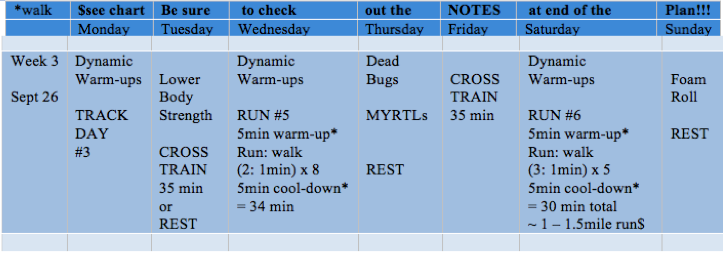


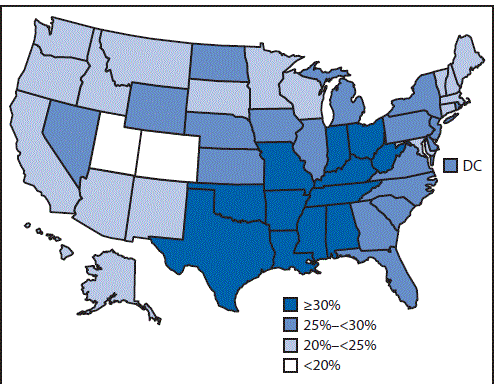

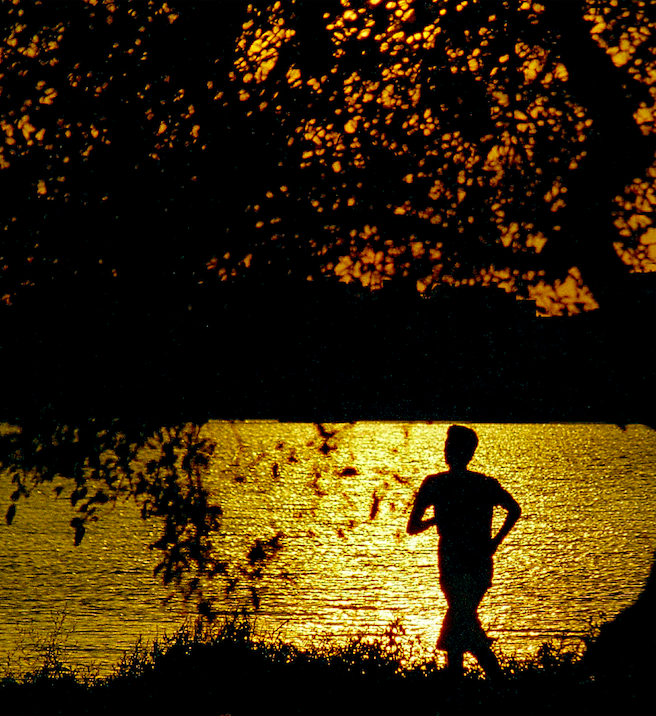

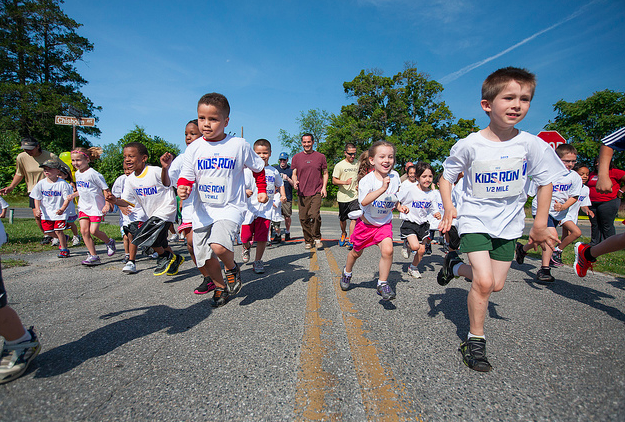
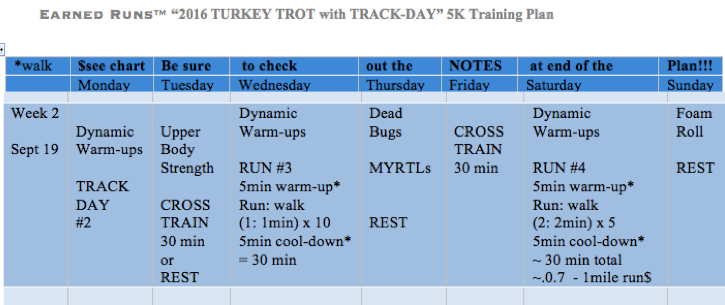
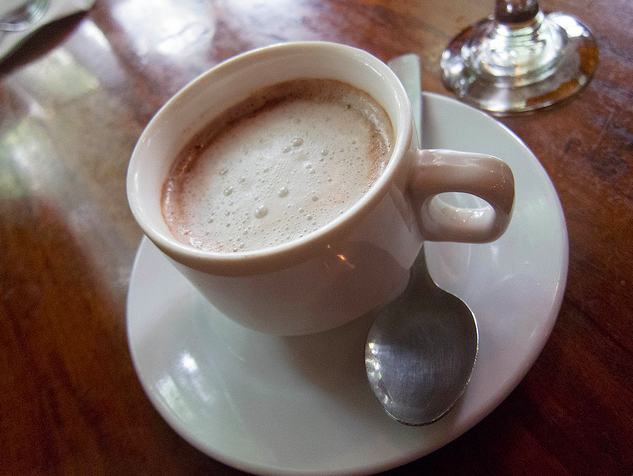
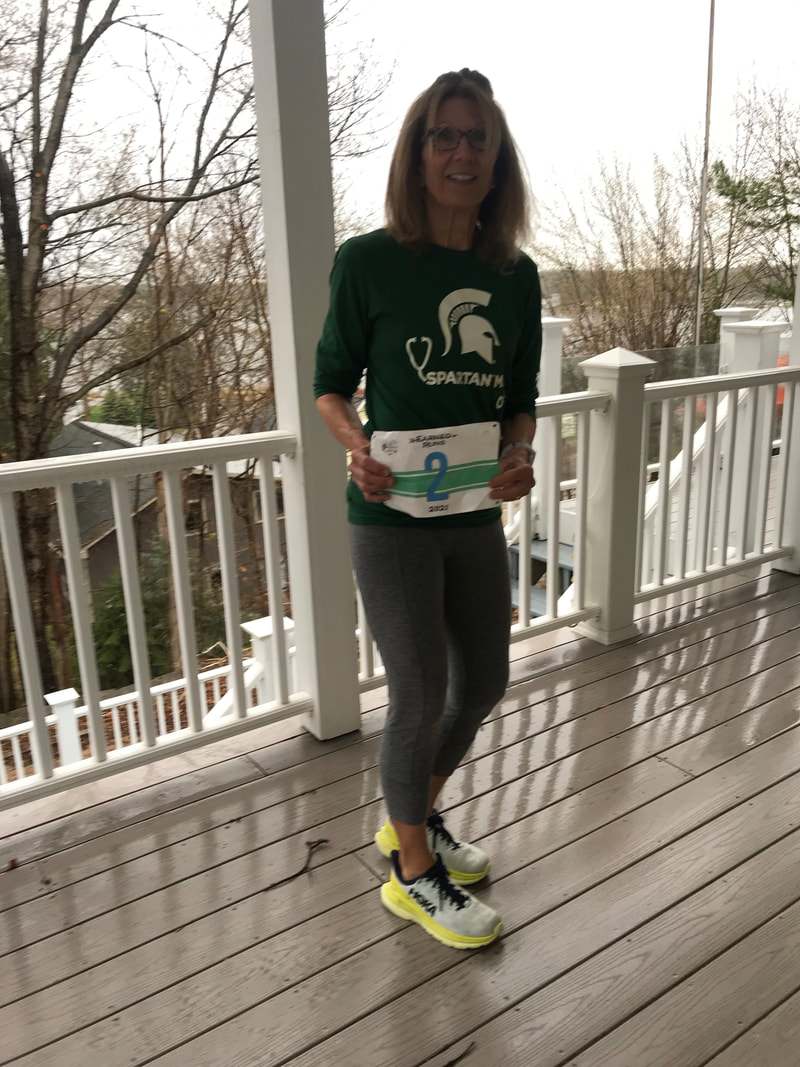
 RSS Feed
RSS Feed